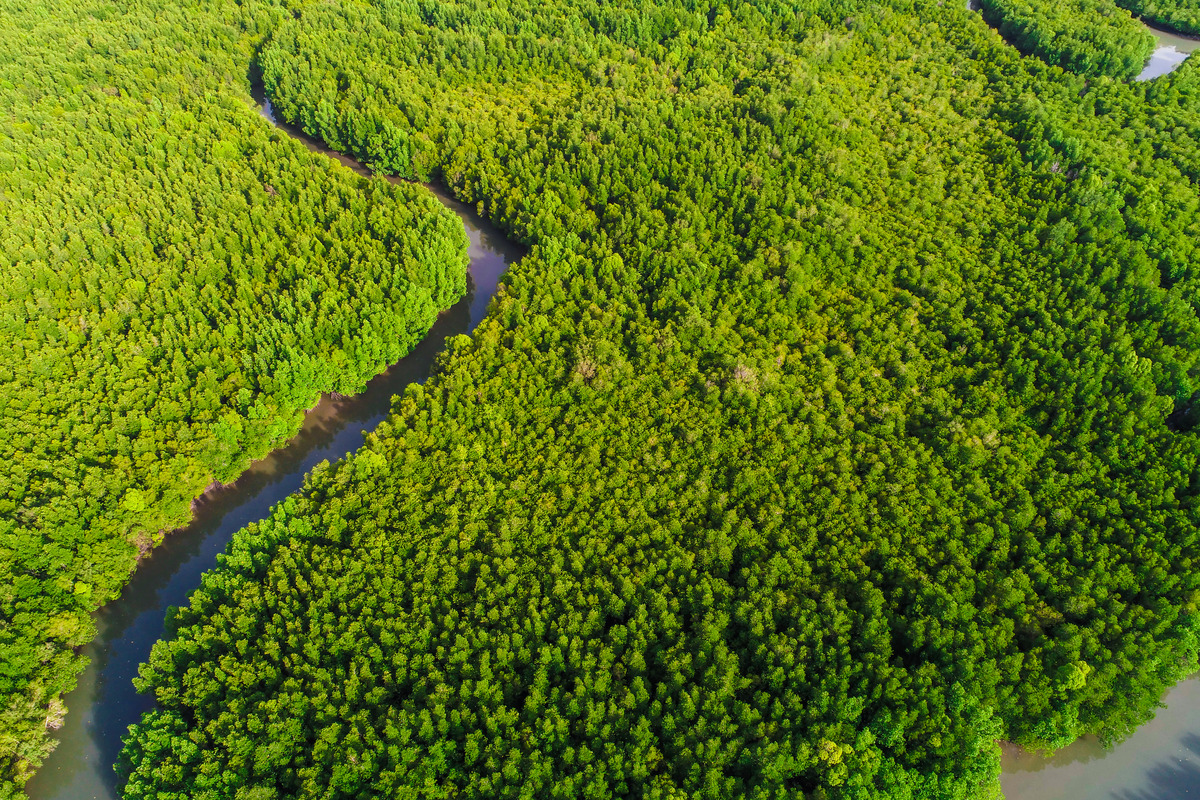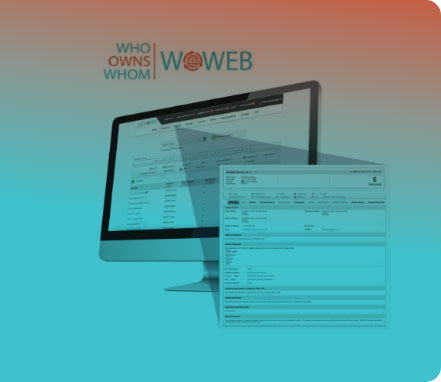Ethiopia
Ethiopia has the second largest population on the continent after Nigeria, of 155 million people.
Its economy grew by 6.1% in 2020, down from 8.4% in 2019, largely because of the pandemic. Growth was led by the services and industry sectors, but the hospitability, transport, and communications sectors were affected by the pandemic and related restrictions. Total public spending was stable and the country has a relatively low budget deficit of 2.7%. Inflation reached 20.6%, well above the 8% target, in 2020, due to supply chain disruptions and expansionary monetary policy as a result of the pandemic. Export revenues increased by 12% in 2020, largely from exports of gold, flowers, coffee, and chat, also widely known as khat, a plant-derived stimulant. Imports declined by 8.1%. This helped narrow the current account deficit to 4.4% in 2020 from 5.3% in 2019. Foreign direct investment fell 20% to 2.2% of GDP. GDP is forecast to grow by 8.7% in 2021/2022.
The Ethiopian government wants the mining sector to increase its contribution to GDP from less than 1% to 10% by 2030. In 2019, the government developed a draft policy document that proposed giving incentives to companies that produce construction minerals and minerals used in agriculture, such as potash. Most minerals are produced by artisanal miners, but the country wants to attract foreign mining companies to develop its mining sector. The government has reduced the royalty rate on precious metals from 8% to 7%, and is using international organisations to assist it with the formalisation of the artisanal mining sector.
The mining sector is one of the five sectors identified in the Home-grown Economic Reform Agenda that was developed to transform Ethiopia into a lower-middle income country by not later than 2030. Plans to modernise the federal and regional mineral licensing systems, reform the sector’s legal framework and improve mining policies are included in the agenda. A material deterrent to future FDI is the launch of an offensive by the prime minister Abiy Ahmed against rebel forces in the northern Tigray region in 2020 which has led to led to thousands of deaths and displaced 1.7 million people.
Contact us to access WOW's quality research on African industries and business
Contact UsRelated Articles
BlogCountries ManufacturingSouth Africa
The South African glass manufacturing industry explained
Contents [hide] The importance of the glass manufacturing industry in South Africa Glass is one of the most ubiquitous inputs in multiple industries and used in many applications in automotive,...
BlogCountries Other service activitiesSouth Africa
Funerals: Tradition and Emotions versus the environment
Contents [hide] Burials of lost loved ones always have, and continue to have, deep traditional and emotive values reinforced by perceptions of dignity and respect. With South Africa’s diverse communities...
BlogCountries Agriculture forestry and fishingSouth Africa
The third biggest SOE that is pioneering clean governance in South Africa
Contents [hide] SAFCOL is leading the SOE landscape in South Africa South African Forestry Company Limited (SAFCOL) is the third largest state-owned entity (SOE), while it is not often reported...





